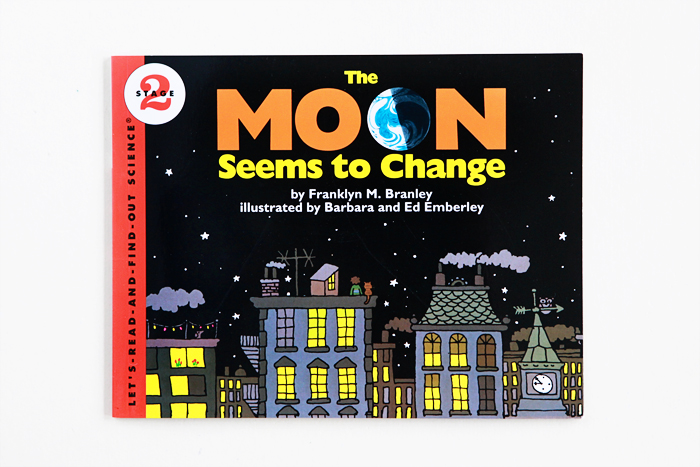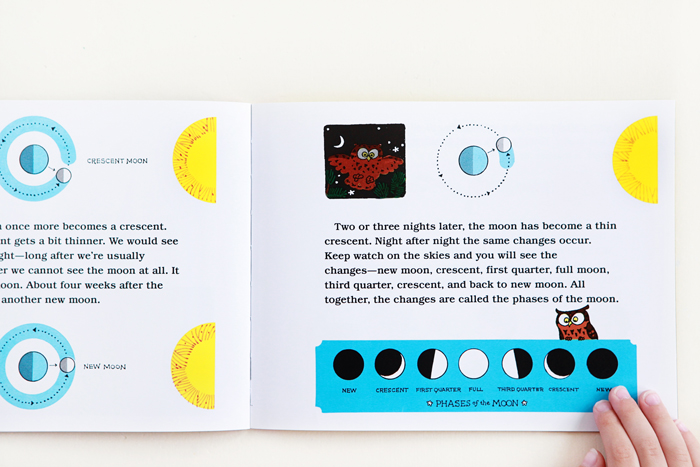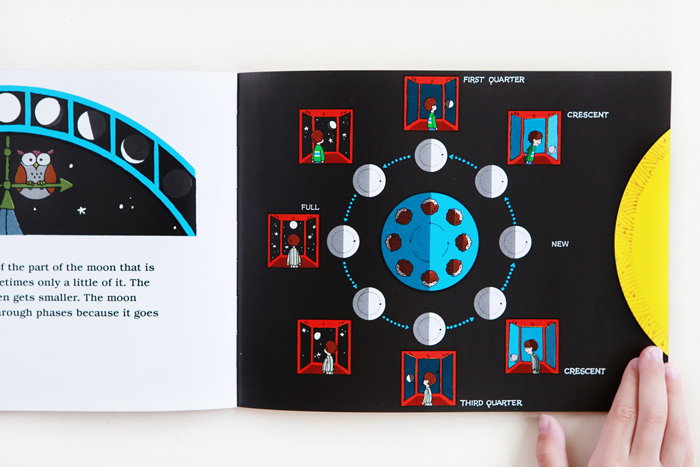




“Up and down lines pull me up, up, up with them, until I feel as tall as a steeple and as taut as a stretched rubber band. I think of lofty things—giant redwood trees, a lighthouse rising above the sea, a rocket soaring high into the sky, noble kings in flowing robes. “
Helen Borten was an illustrator who produced many picture books and illustrations for other authors such as Franklyn M. Branley in the 1960s. She was also an independent broadcast journalist who wrote and produced numerous radio documentaries.
In Do You See What I See?, she connects the abstract concepts of line, shape and color to real world experiences that allow children to wrap their heads around these elements of art. She helps children identify how line, shape and color make them feel, which is a big component of understanding art. Her rich figurative language, modern lines and clever use of color and layout are what make her work a collection of visual poetry.
Although this book was originally published in the 1960s, its sensibilities are fresh, relevant and design-forward, even today. Every preschool and early childhood classroom across the world needs a copy of this stunning work. Imagine the countless art experiences that could be launched with the ideas, content and inspiration in this book. Thank you to @flyingeyebooks for re-releasing this venerable classic. May there be many more.













